The Darbhanga Museum, also known as Chandradhari Museum, was established in 1957. It is named after the late Chandradhari Singh, who donated rare artworks to the museum. There are almost eight galleries here, which include the Royal Gallery, Maithili Art Gallery, and Manuscript and Coin Gallery. Each of them showcases different types of artefacts and objects. The aim of this museum is to preserve the antique items that showcase the historical, cultural, and archaeological significance of the region.
Quick Details
Location: Darbhanga, Bihar, India
Timings: 10 AM – 5 PM (Monday’s off)
How To Reach: Bus, Taxi, and Rickshaw
Nearest Airport: Darbhanga Airport
Nearest Railway Station: Darbhanga Junction
Best Time To Visit: October to March
Where To Stay: Hotel Grand SM Regency, Hotel Dwarka Palace & 24 Carat Restaurant
Where To Eat: New Rajasthan’s Radhea Radhea Restaurant, Swadisht Family Restaurant
Location
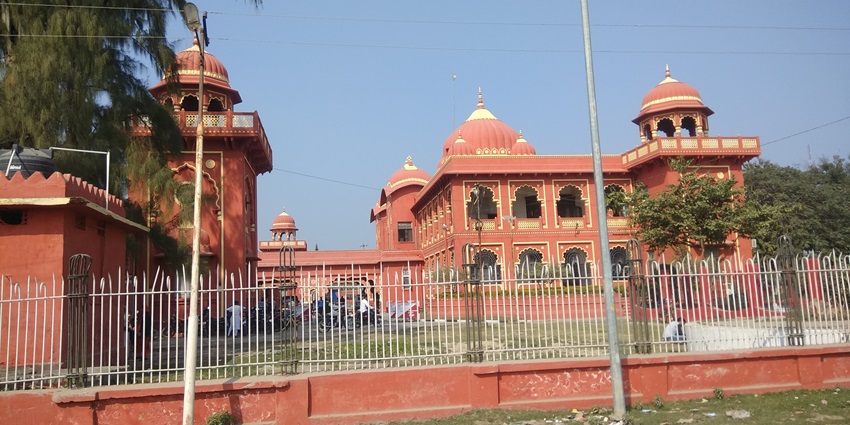
Photo: RANJEET KUMAR / Wikimedia Commons / Image For Representation Only
The Darbhanga Museum is on the Darbhanga Road, situated in the middle of the city. The museum is close to the Dighhi and Harahi lakes. It is located near the Darbhanga Junction.
Suggested Read: New Year Party In Jamshedpur
How To Reach
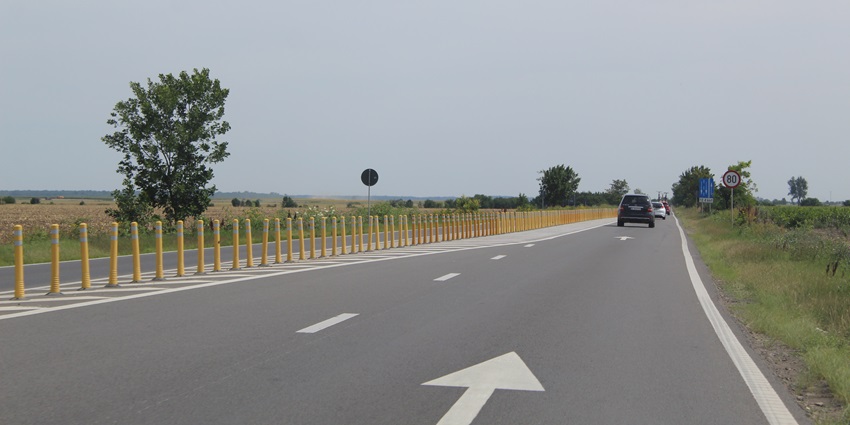
Photo: TrainSimFan / Wikimedia Commons / Image For Representation Only
By Train: The Darbhanga Junction is the nearest railway station to the museum. It is about 3 kilometres from the Darbhanga Museum.
By Air: The closest airport to the museum is the Darbhanga Airport. Which is located at a distance of 10 kilometres from the Darbhanga Museum.
By Road: The option of local transportation, such as a rickshaw, taxi, or bus, is available. The Darbhanga bus stand is almost 4 kilometres from the museum.
Places To Visit Around Darbhanga Museum
Here is a list of iconic places to visit in and around the Darbhanga Museum in Bihar:
1. Darbhanga Fort
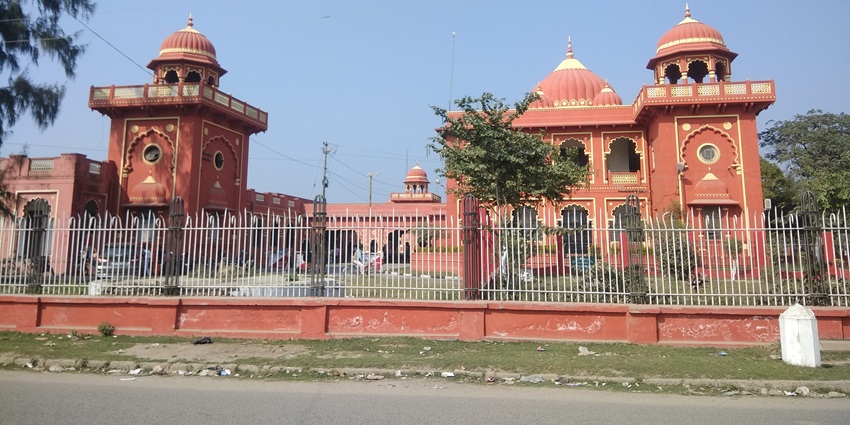
Photo: RANJEET KUMAR / Wikimedia Commons / Image For Representation Only
The Darbhanga Fort was constructed by the Khandavala Dynasty (Royal family of Darbhanga) in the 19th century. The architectural style of the fort is a blend of Rajputs and Mughals. The fort was the residence of the royal family and played a significant role in the region’s cultural and political history. Inside the fort, there are temples, gardens, and residential buildings; the famous Shyama Kali Temple and Kankali Temple are housed in it. The Darbhanga Fort is spread over a vast area and contains heritage buildings and administrative blocks. The temples inside are a famous attraction among people, especially during festivals such as Durga Puja.
Things To Do: Explore the architecture, capture scenic views, and learn about its history
Distance From The Museum: 2 km
Suggested Read: Haunted Places In Bihar To Explore The Eerie Rush
2. Nargona Palace
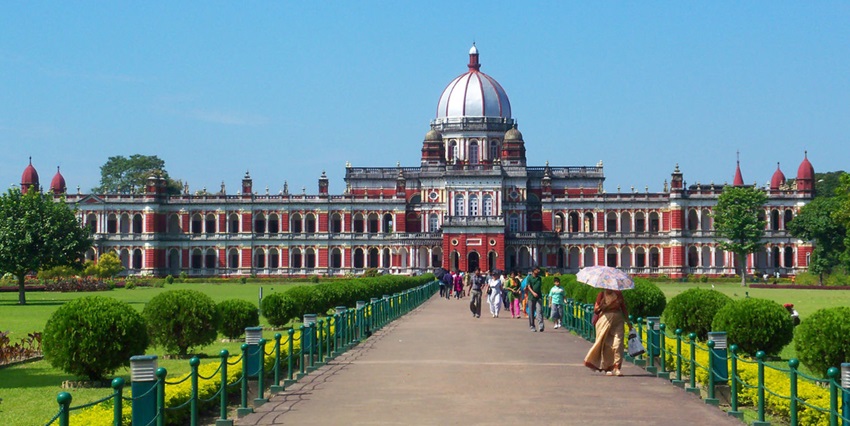
Photo: Mrittik Mukherjee / Wikimedia Commons / Image For Representation Only
The architecture of this palace showcases a blend between Indo-Saracenic and Gothic designs. The historical significance of the Nargona Palace is that it served as the royal residence for the Darbhanga Raj. It is a vital part of the local heritage and shows the lifestyle of the ruling class when they were in power. For historical and architectural enthusiasts, this palace is a must-visit, as they can learn about the local legends and stories about the royal family. The Palace is popular among visitors because it is close to other exploration sites and offers scenic beauty. It offers an insight into 19th-century architecture, as this palace was built in the 19th century.
Things To Do: Explore the Indo-Saracenic architecture and stroll the grounds
Distance From The Museum: 3 – 5 km
3. Ahilya Asthan
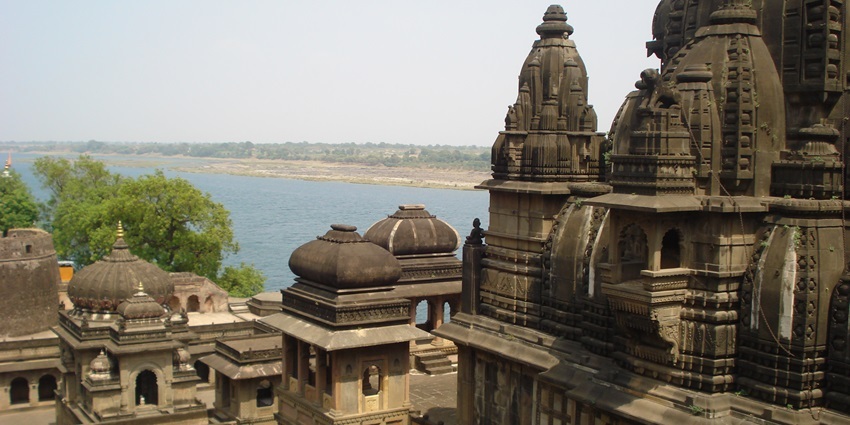
Photo: Rakeshnandi1990 (Rakesh Nandi) / Wikimedia Commons / Image For Representation Only
The Ahilya Asthan, also known as Ahilya Temple, is dedicated to Maa Ahilya, who is known to be a prominent figure in Hindu mythology. The temple is believed to be the place where she got liberated from her curse by Lord Rama. This temple is a pilgrimage site and is famous among people as a mythological and cultural heritage. A large number of tourists and people, in general, can be seen during the festivals such as Rama Navami and Navratri. The architecture of this temple includes stone carvings of the sculptures. It is surrounded by nature and offers spiritual solace to the devotees seeking blessings from Maa Ahilya.
Things To Do: Offer prayers, participate in religious rituals, and learn about the site’s mythological significance
Distance From The Museum: 15 – 20 km
Suggested Read: Shopping Places In Ranchi
4. Manokamna Mandir
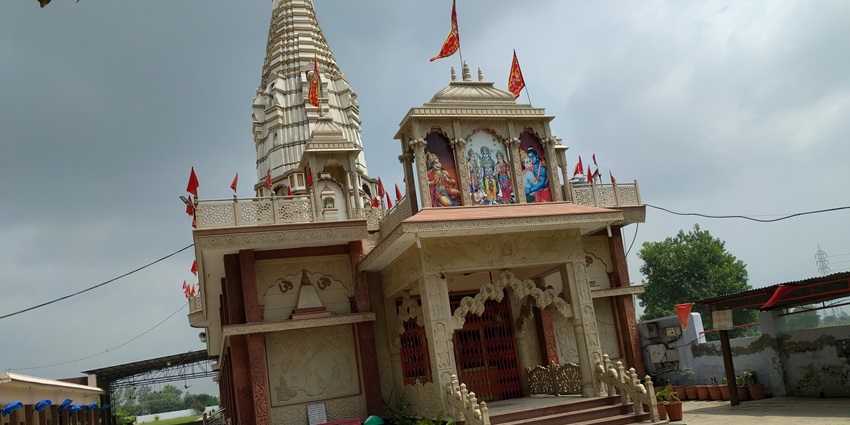
Photo: Harrytimes / Wikimedia Commons / Image For Representation Only
The Manokamna Mandir is a sacred site that is dedicated to the god Hanuman. It is believed by the devotees that whatever heartfelt desire one has is fulfilled by offering prayers in this temple. For the local community and pilgrims, the temple is a significant religious destination that features North Indian temple architecture. The temple is known for its daily prayers (aarti) and rituals, attracting a huge crowd during festivals. It becomes a hub of cultural and religious activities for thousands of devotees and stands 7 feet above the ground. The Manokamna Mandir plays a pivotal role in preserving the spiritual traditions of the region while being a centre for local religious gatherings.
Things To Do: Seek blessings, offer prayers, and participate in daily aarti and rituals
Distance From The Museum: 4 – 6 km
5. Ramchandra Shahi Museum
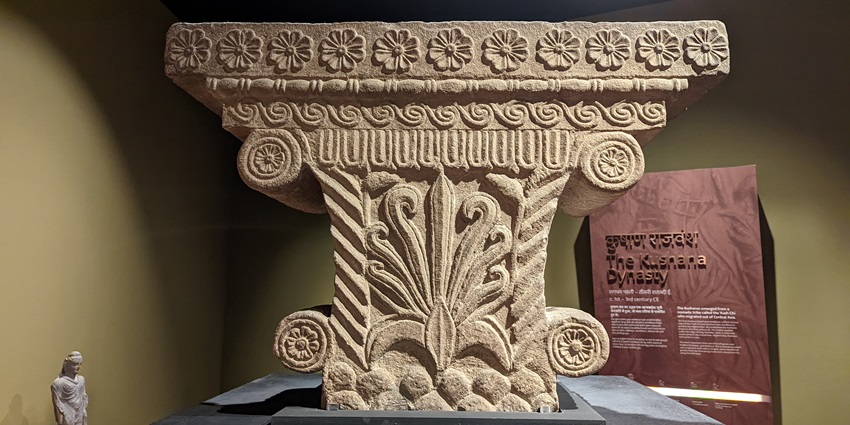
Photo: Pritha For Heritage / Wikimedia Commons / Image For Representation Only
The Ramchandra Shahi Museum is named after a prominent local figure and was established in 1975. The museum houses a vast collection of sculptures, paintings, manuscripts, coins, etc. It reflects the cultural heritage of the Bihar state and showcases traditional architectural styles. The Ramchandra Shahi Museum hosts numerous exhibitions that highlight the region’s art, history, and culture. The significance of this place can be seen in the preservation and promotion of the Mithila region’s history. It has become an educational resource for visitors who want to learn in-depth about the cultural evolution of the region.
Things To Do: Learn about local history, admire the traditional architectural design, and explore the diverse collection of artefacts.
Distance From The Museum: 60 – 64 km
Suggested Read: Chhapaak Water Park Patna
Other Factors To Consider
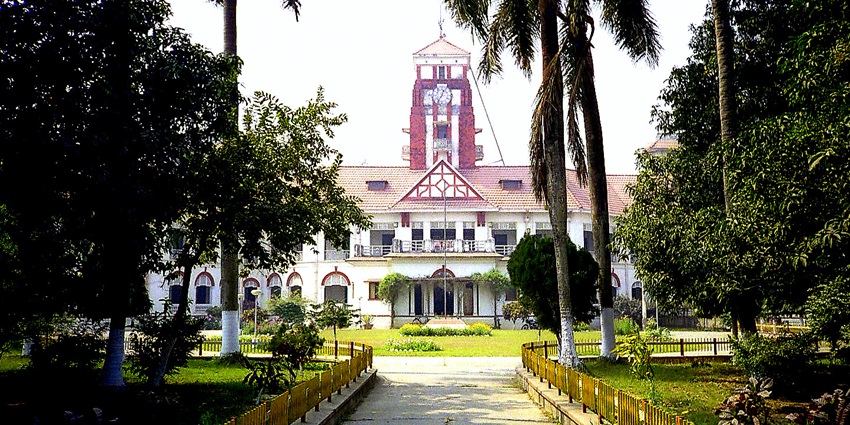
Photo: Pravinjha / Wikimedia Commons / Image For Representation Only
The winters or springs are the best seasons to visit the Darbhanga Museum. Which takes place in the months of November to February and March to April. If you plan to visit in the summer months, the temperature can range from 30°C to 40°C, and in the monsoon season, there can be heavy rainfall.
Tips For The Travellers
- Check if any local events are taking place.
- Pack according to the weather.
- Stay hydrated, especially if visiting in the summer, and
- Respect museum guidelines.
Visit the Darbhanga Museum and learn about its rich cultural heritage and history. With its impressive collection of artefacts, royal memorabilia, and art, the museum is a must-visit for history enthusiasts and cultural explorers. After your tour, you can immerse yourself in the surrounding area’s charm, from historic palaces to temples. Plan your visit to the Darbhanga Museum Bihar with TripXL and experience the cultural depth and beauty that this region has to offer.
Cover Photo: Imjha1 / Wikimedia Commons / Image For Representation Only
Frequently Asked Questions
- Patna Museum
- Bihar Museum
- Nalanda Archaeological Museum
- Vaishali Archaeological Museum and
- Rajendra Smriti Sangrahalaya


 WhatsApp
WhatsApp
 Twitter
Twitter









